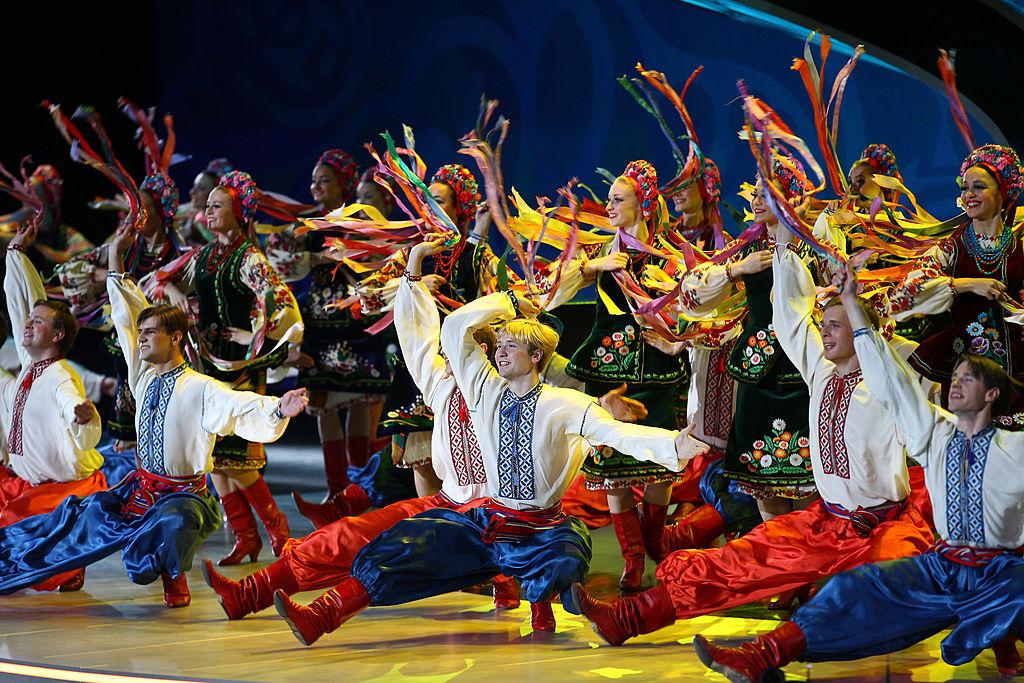7 stringed instruments from around the world can help us appreciate where we are and where we’ve come from.
The world is such an incredibly diverse place—from the natural world to the world of culture. Yet some univerals tie together the threads of it all. One of these is the presence of stringed instruments in just about every culture.
Some stringed instruments sound quaint, others haunting, while others seem to be able to express just about the full gamut of emotions.
Here’s a chance to get to know a few key stringed instruments from cultures around the globe.
The Sitar
Region: IndiaEveryone has heard of the sitar, but how many people can say precisely what it is?
The sitar is a plucked string instrument with a long neck and a gourd-shaped body. One fascinating aspect of it that distinguishes it from most Western stringed instruments is that it has “sympathetic strings” that vibrate automatically, in sympathy with the played strings, creating a unique and rich sound that many associate with Indian music. It is commonly used in Indian classical and traditional music.
The Guitar
Region: VariousThe guitar is a versatile instrument, typically with six strings (although there are many varieties), played by strumming or plucking. It is used in a wide range of musical genres. There are both acoustic and electric variations of the guitar.
The guitar is part of the family of stringed instruments that is played at an oblique angle in front of the torso. Other instruments in this category are the ukulele, oud, and lute. Yet some stringed instruments are played upright on the lap (such as the Chinese pipa), laid flat on the lap (such as the Appalachian dulcimer), or laid on a stand (such as the zither or hammered dulcimer).
The Erhu
Region: ChinaThe erhu is a traditional two-stringed bowed instrument. “Er” means “two” in Chinese. It has a long, slender neck and a resonant body conventionally covered with snake or python skin (although some erhu luthiers steer clear of using snake skin).
The bow is affixed or suspended between the two strings, and the player produces sound and notes by placing the bow against the strings and pressing the strings with the fingers. This instrument has a distinct, expressive sound and is often used in traditional Chinese music; its sound is often likened to the human voice, and it is sometimes referred to as the “Chinese violin.”
The Oud
Region: Middle EastThe oud is a pear-shaped, short-necked stringed instrument usually with 11 strings (although there are also models with 10 or 13 strings). It is part of the lute family, but, unlike the Western lute, the oud has no frets (normally metal strips spaced along the neck of an instrument, marking where specific notes lie). It is traditionally played with a type of plectrum (or pick) known as a “risha” in Arabic, and its rich, resonant sound contributes to the characteristic timbre of traditional Middle Eastern music. The oud has also influenced the development of other instruments.
The Koto
Region: JapanThe koto is a traditional Japanese stringed instrument with a long wooden body and 13 or 17 strings. It is part of the zither family and is played by plucking the strings with picks (“tsume”) worn on the thumb, index, and middle fingers of one hand. The koto has movable bridges, allowing the player to adjust the pitch of the strings (a “bridge” is the small piece of thin wood that holds the strings away from the body of the instrument). It has a delicate and evocative sound, making it a central instrument in traditional Japanese music. The koto is often used in both solo and ensemble performances.
The Harp
Region: MultipleThe harp, one of the oldest instruments, is thought to have roots in Mesopotamia, Persia, and Egypt. Over time, it evolved globally, gaining prominence in European courts and becoming a symbol in Celtic traditions. Celtic harps have a distinct place in the musical traditions of Ireland and Scotland. Characterized by a resonant sound, the Celtic harp has been a symbol of cultural identity and is prominent in folk and traditional music.
The pedal harp, introduced in the 19th century, expanded the harp’s tonal capabilities. And the modern concert harp, with its elaborate pedal system and large size, is a staple in classical orchestras. Today, the harp is featured in both classical and folk music.
The Hammered Dulcimer
Region: VariousThe name “dulcimer” has a beautiful etymology: It literally means “sweet song,” derived from the Latin dulcis (sweet) and the Greek melos (song). Probably originating in the Middle East circa A.D. 900, the hammered dulcimer consists of a trapezoidal wooden box with strings stretched across, played by striking the strings with small, soft hammers. The percussive aspect of it makes it a “percussion-stringed instrument,” and, fascinatingly, it is an early ancestor of the piano. (Which, for those who aren’t aware, also produces its sound via soft hammers striking strings.)
The hammered dulcimer reached its height in about the late Middle Ages and the Renaissance and was popular throughout Eastern and Western Europe. It thrived in folk as well as courtly settings, adapting into regional variations. With its distinctive sound, it has become a staple in American folk, bluegrass, and Celtic music. Although its popularity diminished over time, recent years have seen a revival, with musicians exploring its versatility across genres.
Next time you go to a Renaissance fair or see a notice about an upcoming concert from another culture, you will have a greater appreciation for what you are seeing and hearing. Our shared history is something worth cherishing and preserving. Enjoy its richness.







